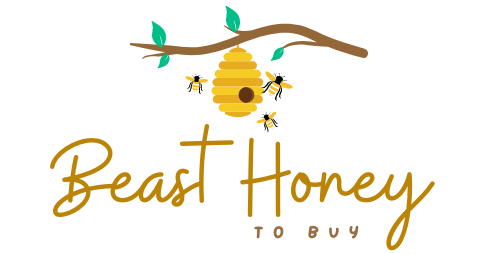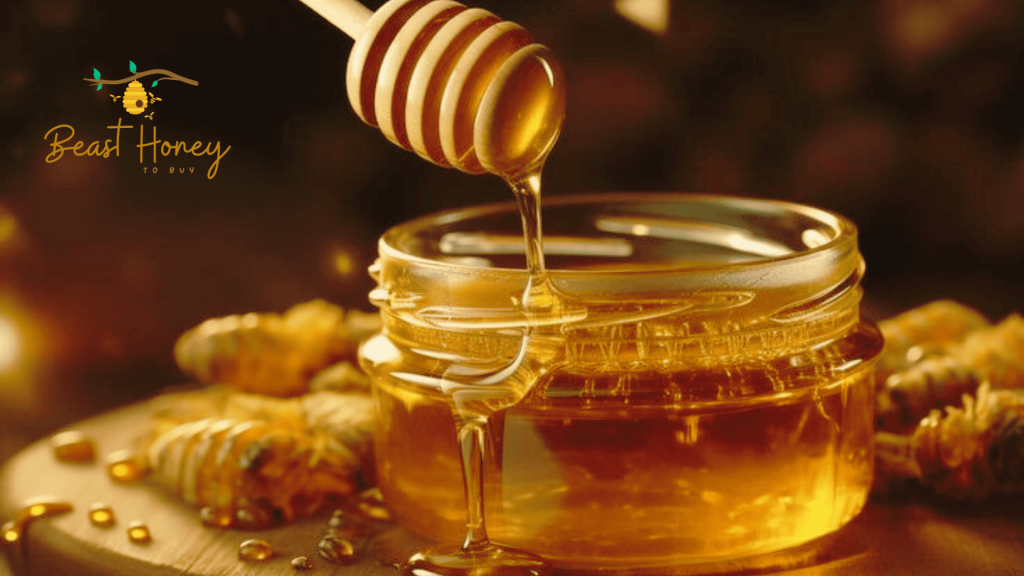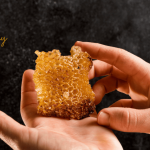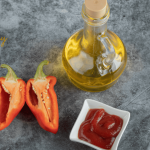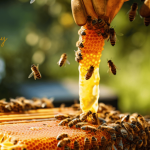Exporting raw honey can be a sweet business opportunity. The global demand for natural, high-quality honey is growing. But shipping honey across borders comes with rules and challenges. This guide breaks down the regulations and best practices for exporting raw honey.
Whether you’re a beekeeper or a small business owner, we’ll help you navigate the process with ease. Let’s get started!

Why Export Raw Honey?
Raw honey is unprocessed, pure, and packed with flavor. It’s in demand worldwide, especially in countries like the U.S., Europe, and Japan. Exporting it can boost your income and grow your brand. Here’s why it’s appealing:
- High Demand: Health-conscious consumers love raw honey.
- Premium Pricing: Raw honey fetches higher prices than processed honey.
- Unique Flavors: Local honeys, like manuka or acacia, attract global buyers.
- Sustainability Appeal: Eco-friendly products are trending.
For example, a beekeeper in New Zealand exporting manuka honey can tap into a lucrative market. But success requires understanding the rules.
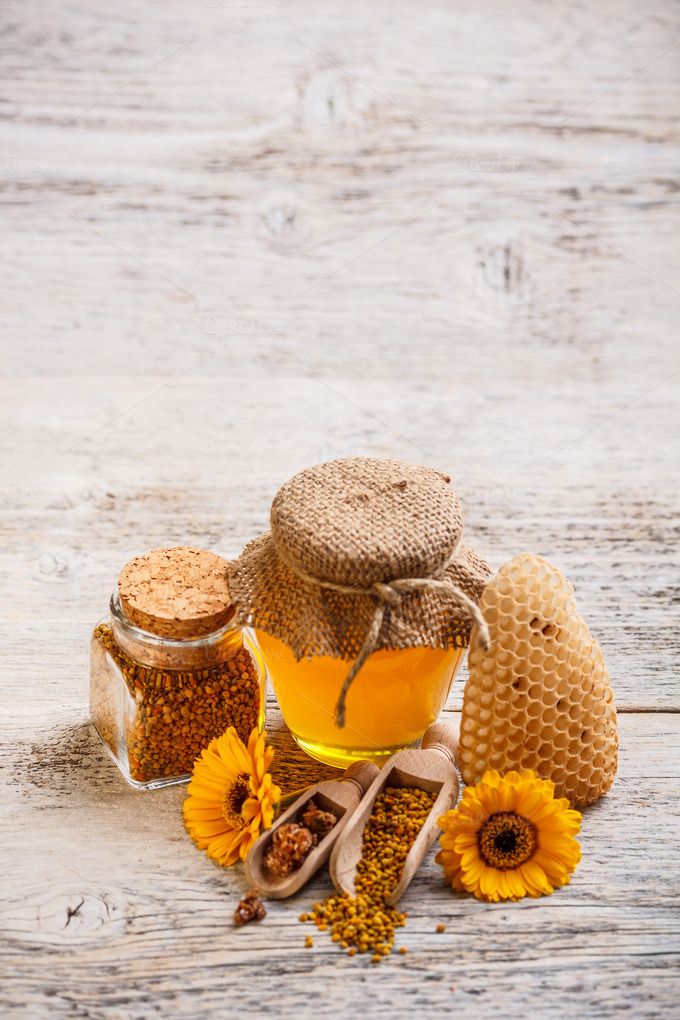
Understanding Export Regulations
Exporting raw honey involves strict regulations. Each country has its own requirements. Ignoring them can lead to rejected shipments or fines. Here’s what you need to know:
General Requirements
Most countries require honey to be safe, properly labeled, and compliant with food standards. Common rules include:
- Quality Standards: Honey must be free of contaminants like pesticides.
- Labeling: Include origin, ingredients, and weight on labels.
- Packaging: Use food-grade containers to prevent leakage.
- Certifications: Some countries require organic or non-GMO certification.
For instance, the U.S. Food and Drug Administration (FDA) enforces strict safety standards for imported honey. Check the target country’s food authority website for details.
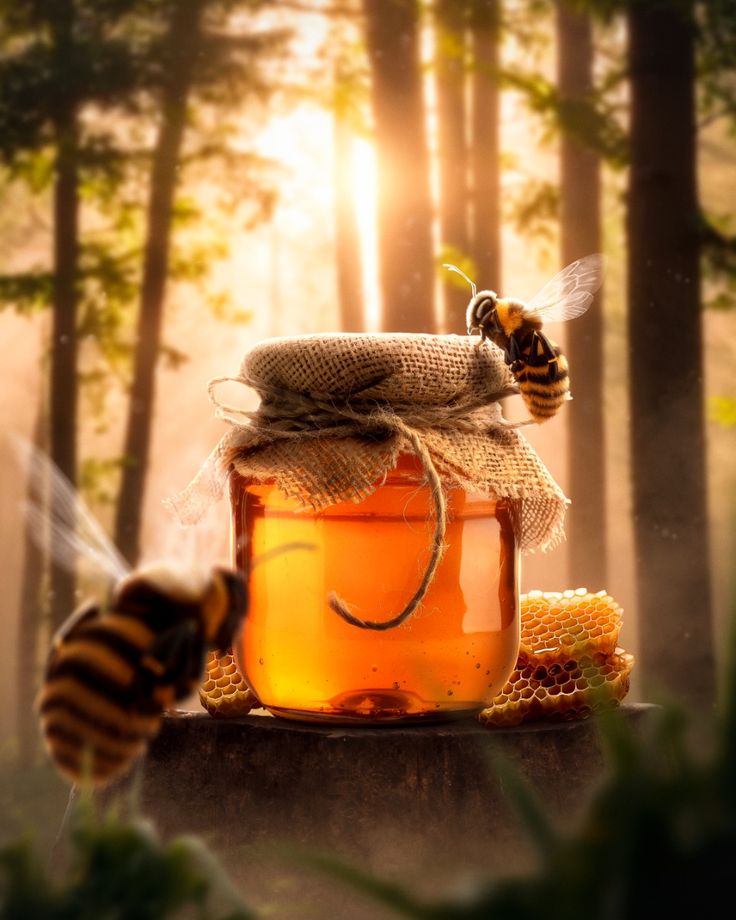
Country-Specific Regulations
Regulations vary by destination. Here are examples for key markets
- United States: Requires FDA registration and compliance with the Food Safety Modernization Act (FSMA). Honey must be tested for adulteration.
- European Union: Demands compliance with EU food safety laws. You need a health certificate and proof of origin.
- Japan: Requires detailed labeling in Japanese and testing for antibiotic residues.
- Canada: Mandates compliance with the Canadian Food Inspection Agency’s standards.
For example, exporting to the EU means getting a veterinary certificate from your local authority. Research your target market early to avoid surprises.
Tariffs and Taxes
Many countries impose tariffs on honey imports. For example, the U.S. charges duties based on the honey’s country of origin. Some trade agreements, like those between the EU and Canada, reduce tariffs.
Check with your country’s trade department to understand costs.
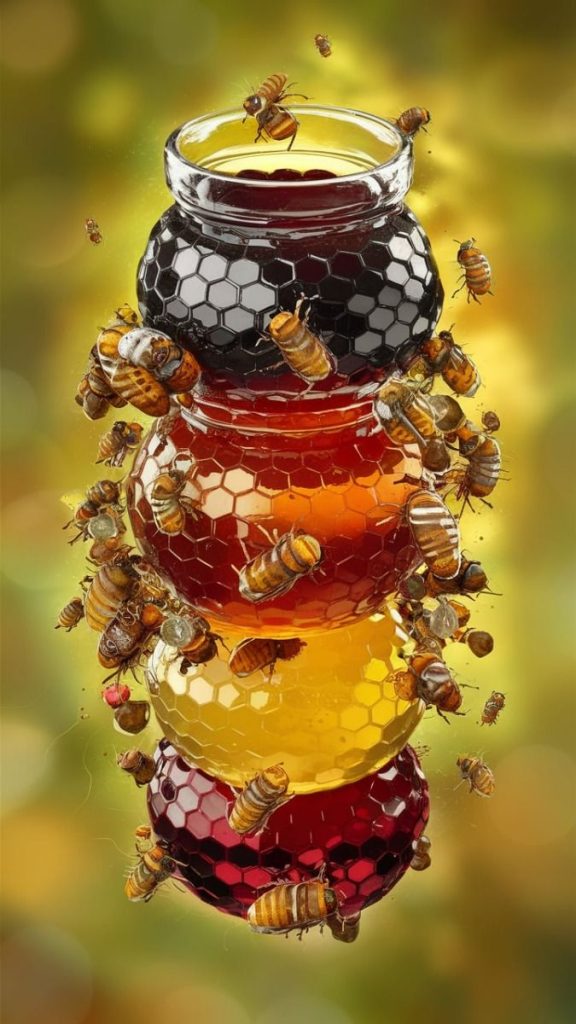
Step 1: Source High-Quality Raw Honey
Quality is everything when exporting raw honey. Buyers want pure, authentic products. Here’s how to ensure top-notch honey
- Work with Trusted Beekeepers: Partner with reliable apiaries that follow good practices.
- Test for Purity: Use labs to check for contaminants or adulteration.
- Maintain Raw Status: Avoid heating or filtering to preserve natural properties.
- Document Processes: Keep records of harvesting and handling for transparency.
For example, a beekeeper in Australia might test their eucalyptus honey for purity before exporting to Germany. This builds trust with buyers.
Step 2: Get the Right Certifications
Certifications make your honey stand out and meet regulations. Common ones include
- Organic Certification: Proves your honey is free of synthetic chemicals.
- Non-GMO Certification: Ensures no genetically modified ingredients.
- Fair Trade: Shows ethical sourcing, appealing to eco-conscious buyers.
- ISO Standards: Certifies quality management systems.
For instance, getting USDA Organic certification can open doors to the U.S. market. Contact your local agriculture department to start the process.
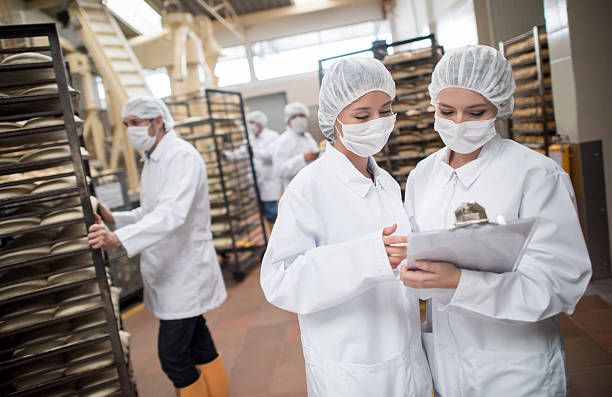
Pro Tip: Check Import Permits
Some countries require import permits for honey. For example, China demands an import license and pre-approval. Research this before shipping to avoid delays.
Step 3: Master Packaging and Labeling
Proper packaging keeps honey safe during transit. Clear labeling ensures compliance. Follow these best practices
- Use Food-Grade Containers: Choose leak-proof glass or plastic jars.
- Protect Against Damage: Use cushioning like bubble wrap in shipping boxes.
- Label Clearly: Include product name, weight, origin, and nutritional info.
- Follow Local Rules: Use the target country’s language and format for labels.
For example, exporting to Japan requires labels in Japanese with batch numbers. A poorly labeled jar could be rejected at customs.
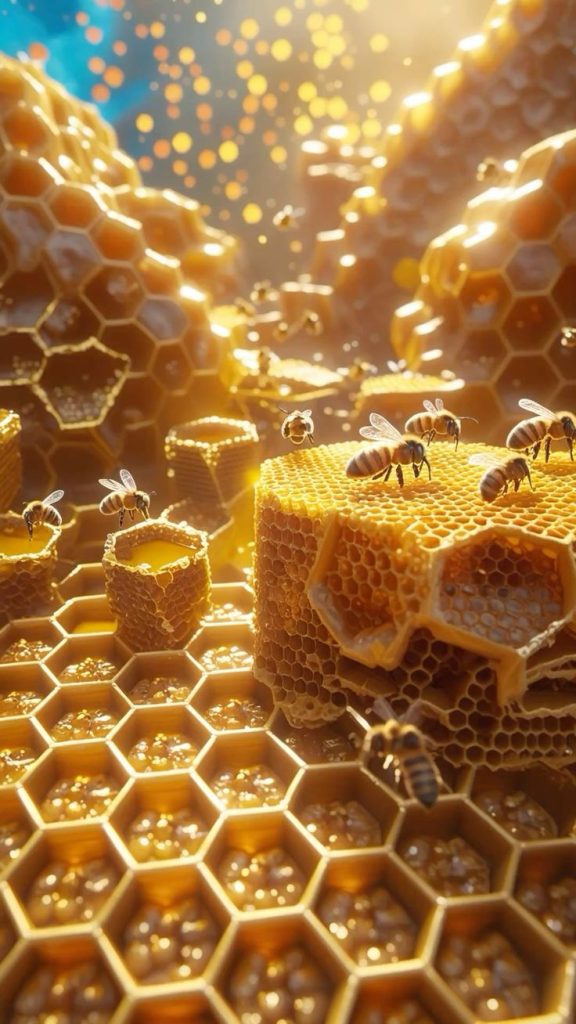
Step 4: Navigate Customs and Shipping
Customs can be tricky, but preparation makes it smoother. Here’s how to handle it
- Hire a Freight Forwarder: They manage shipping and customs paperwork.
- Prepare Documents: Include invoices, health certificates, and packing lists.
- Understand HS Codes: Honey has a specific Harmonized System code (0409.00) for customs.
- Choose Reliable Shipping: Use temperature-controlled containers to prevent spoilage.
For instance, a beekeeper exporting to the UK might use a freight forwarder to handle EU customs forms. This saves time and reduces errors.
Avoid Common Mistakes
Don’t let small oversights derail your export. Watch out for
- Incomplete paperwork, which can delay shipments.
- Ignoring temperature control, which can ruin raw honey.
- Underestimating shipping costs, which can cut profits.
- Skipping market research, leading to rejected products.
Step 5: Build Relationships with Buyers
Finding buyers is key to success. Here’s how to connect with international customers
- Attend Trade Shows: Events like FoodEx Japan showcase your honey.
- Use Online Platforms: Websites like Alibaba connect exporters with buyers.
- Network Locally: Contact your country’s trade office for buyer leads.
- Market Your Story: Highlight your honey’s unique origin or production process.
For example, a beekeeper in Argentina might pitch their wildflower honey to a U.S. health food chain by emphasizing its purity. A compelling story seals the deal.
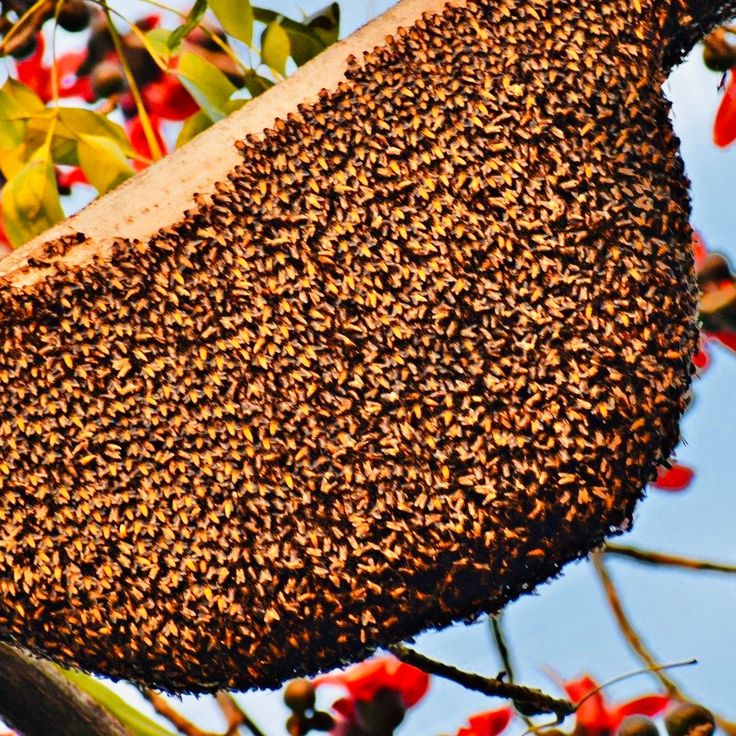
Step 6: Market Your Honey Effectively
Strong marketing helps your honey stand out. Use these strategies to boost visibility:
- Create a Website: Showcase your honey with photos and certifications.
- Leverage Social Media: Share beekeeping stories on Instagram or TikTok.
- Use SEO: Target keywords like “export raw honey” or “organic honey supplier.”
- Tell a Story: Highlight your honey’s journey from hive to jar.
For instance, a blog post titled “Why Our Raw Lavender Honey Is a Global Favorite” can drive traffic and attract buyers. Post it on your site and share it on LinkedIn.
SEO Tip: Go Local and Global
Optimize for both local and global searches. Use phrases like “raw honey exporter [your country]” and “buy raw honey [target country].” This helps you rank for both suppliers and buyers.
Step 7: Stay Compliant and Adaptable
Regulations change, so stay updated. Subscribe to trade newsletters or join industry groups. For example, the International Honey Exporters Organization offers resources on global standards. Being adaptable keeps your business competitive.
Real-Life Example: A Success Story
Meet Maria, a beekeeper from Greece. She started exporting raw thyme honey to Canada in 2023. Maria got organic certification and partnered with a freight forwarder to handle customs. She marketed her honey on Alibaba, emphasizing its Mediterranean origin. Within a year, she secured contracts with two Canadian health food stores, earning $50,000 in revenue. Her success came from understanding regulations and building buyer trust.
Challenges to Watch For
Exporting isn’t all smooth sailing. Be ready for
- High Costs: Certifications and shipping can be expensive.
- Regulatory Changes: New rules can disrupt your plans.
- Competition: Big exporters may undercut your prices.
- Currency Fluctuations: Exchange rates can affect profits.
To overcome these, budget carefully and diversify your markets. For example, export to multiple countries to spread risk.
Final Thoughts
Exporting raw honey is a promising venture if you play by the rules. Understand regulations, source quality honey, and market smartly. With careful planning, you can tap into global demand and build a thriving business. Start by researching your target market and connecting with beekeepers.
The world is ready for your sweet success!
Ready to export? Dive into the regulations and start buzzing today!
